Korean Bowl Noodles: A Flavorful Journey Through Global Spice Traditions
When it comes to global spice traditions, few dishes capture the essence of flavor and culture as vividly as Korean bowl noodles. These hearty, comforting bowls are more than just a meal—they’re a celebration of Korea’s rich culinary heritage, often infused with bold spices, umami-rich broths, and a medley of textures that will leave your taste buds dancing. In this article, we’ll dive into the world of Korean bowl noodles, explore how they fit into the broader context of global spice traditions, and give you practical tips to master them at home.
Table of Contents
- What is Korean Bowl Noodles?
- Global Spice Traditions and Their Influence on Korean Cuisine
- Practical Tips for Cooking Korean Bowl Noodles
- Buying Guide: What to Look for When Choosing Korean Bowl Noodles
- Conclusion
What is Korean Bowl Noodles?
Korean bowl noodles, or bulgogi-bap, are a beloved staple in Korean cuisine. This dish typically consists of steamed rice topped with a variety of ingredients such as marinated beef (bulgogi), vegetables, egg, and a spicy or savory sauce. The key to its appeal lies in the balance of flavors—sweet, salty, spicy, and umami—all coming together in one satisfying bite.
The name “bowl noodles” might be a bit misleading, as these aren’t traditional noodles like ramen or udon. Instead, they are a type of rice-based dish that uses noodles as a base. It's a clever way to bring the comfort of noodles into a more Korean-style meal.
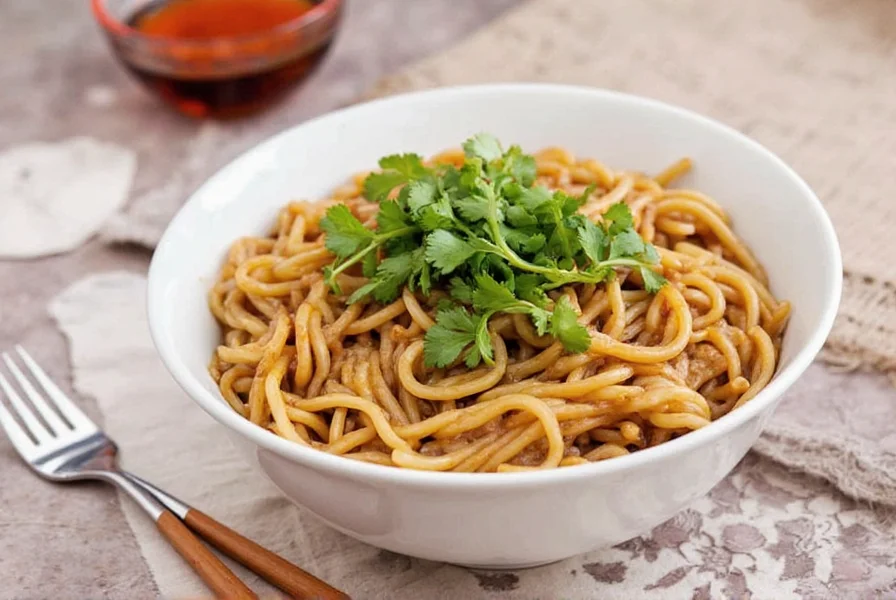
Korean bowl noodles can be found in street food stalls, restaurants, and even at home. They're perfect for a quick lunch or a cozy dinner. Whether you're a seasoned chef or a curious foodie, there's something about this dish that makes it universally appealing.
Global Spice Traditions and Their Influence on Korean Cuisine
Korean cuisine has always been influenced by its neighbors, including China, Japan, and even the Middle East. Spices play a crucial role in many Korean dishes, from the fiery gochujang (fermented chili paste) to the aromatic garlic and sesame oil used in various stews and braises.
One of the most iconic elements of Korean cooking is the use of gochugaru (Korean red pepper flakes). This ingredient adds heat and depth to dishes like kimchi, tteokbokki, and even some types of noodle soups. While not as common in traditional Korean bowl noodles, it’s not unheard of to find a spicy variation that brings that familiar kick to the plate.
To give you a better idea of how Korean cuisine compares to other global spice traditions, here’s a quick comparison:
| Spice Tradition | Key Ingredients | Flavor Profile |
|---|---|---|
| Korean | Gochujang, gochugaru, garlic, sesame oil | Sweet, spicy, umami |
| Indian | Cumin, coriander, turmeric, garam masala | Earthy, aromatic, complex |
| Mexican | Chipotle, cumin, chili powder, lime | Smoky, tangy, spicy |
| Thai | Galangal, lemongrass, kaffir lime, chili | Pungent, citrusy, spicy |
As you can see, each tradition brings its own unique flavor profile, but all share a love for bold, complex tastes. Korean bowl noodles are no exception—they may not be as fiery as Indian or Thai dishes, but they offer a balanced, comforting experience that’s hard to beat.
Practical Tips for Cooking Korean Bowl Noodles
If you're looking to try your hand at making Korean bowl noodles at home, here are some practical tips to help you get started:
- Start with quality ingredients. Fresh vegetables, high-quality rice, and good-quality meat (or a vegetarian alternative) will make a big difference in the final result.
- Marinate the meat properly. If you're using bulgogi, let it sit in the marinade for at least 30 minutes to absorb the flavors.
- Use the right amount of seasoning. Korean dishes are often delicate in their balance, so don’t overdo it with salt or soy sauce.
- Experiment with toppings. Add a fried egg, pickled radish, or even a dollop of gochujang for extra flavor.
- Don’t forget the broth. Some variations include a light broth or sauce to tie everything together.
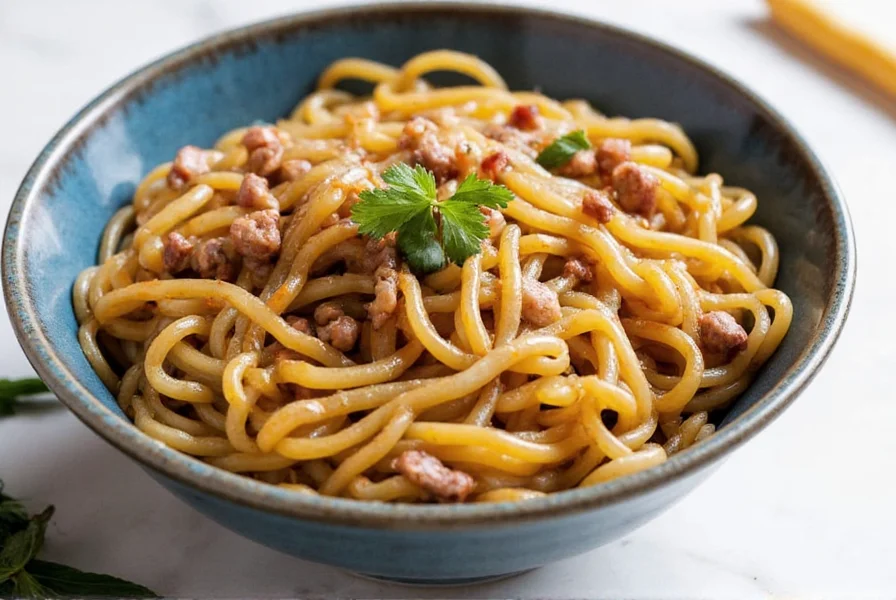
One of the best things about Korean bowl noodles is their versatility. You can customize the dish based on what you have on hand, making it a great option for both meal prep and last-minute dinners.
Buying Guide: What to Look for When Choosing Korean Bowl Noodles
If you're not up for cooking from scratch, there are plenty of pre-made Korean bowl noodles available in stores and online. Here’s what to look for when choosing the right product:
- Ingredients. Check the label for natural, recognizable ingredients. Avoid products with excessive preservatives or artificial additives.
- Flavor profile. Decide whether you want a spicy, sweet, or savory version. Some brands offer different levels of heat and seasoning.
- Texture. Look for noodles that hold their shape well and aren’t overly soft or mushy.
- Origin. Authentic Korean bowl noodles are usually made in South Korea, but there are also high-quality versions made elsewhere.
Here’s a quick breakdown of some popular Korean bowl noodle brands and their features:
| Brand | Features | Best For |
|---|---|---|
| Kimchi House | Handmade noodles, traditional recipe | Those who prefer authentic, artisanal options |
| Seoul Noodle Co. | Available in multiple flavors, easy to prepare | Busy professionals or students |
| Bulgeon | Vegetarian-friendly, low sodium | Health-conscious eaters |
Whether you choose to cook from scratch or grab a ready-to-eat version, the goal is to enjoy the rich, layered flavors that Korean bowl noodles have to offer.
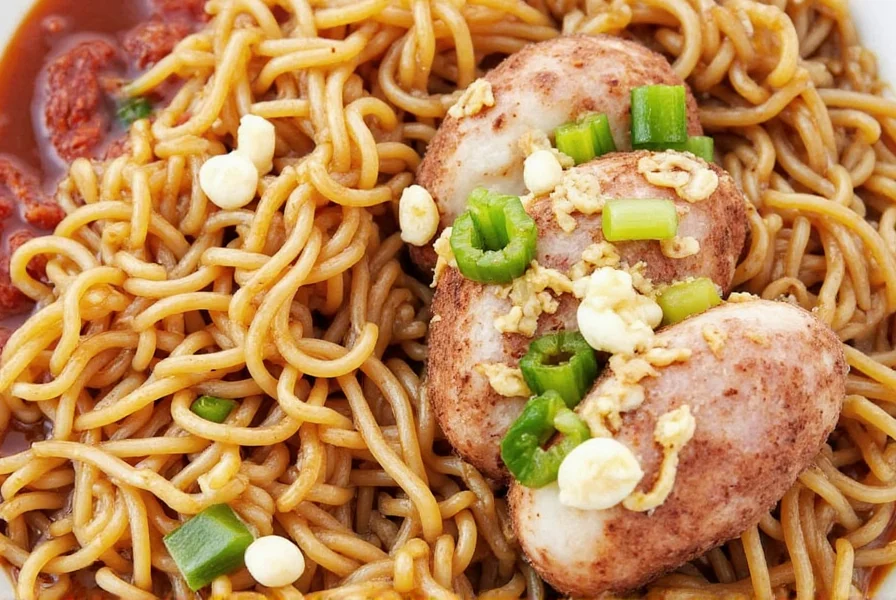
Conclusion
Korean bowl noodles are more than just a dish—they’re a window into Korea’s vibrant culinary landscape. With their mix of textures, bold spices, and comforting warmth, they represent the perfect blend of tradition and modernity. As part of the broader theme of global spice traditions, they remind us that food is a powerful way to connect with different cultures and histories.
Whether you're a spice enthusiast or a casual food lover, trying out Korean bowl noodles is a must. With a little practice and the right ingredients, you can recreate this delicious dish at home and bring a piece of Korean culture to your table.
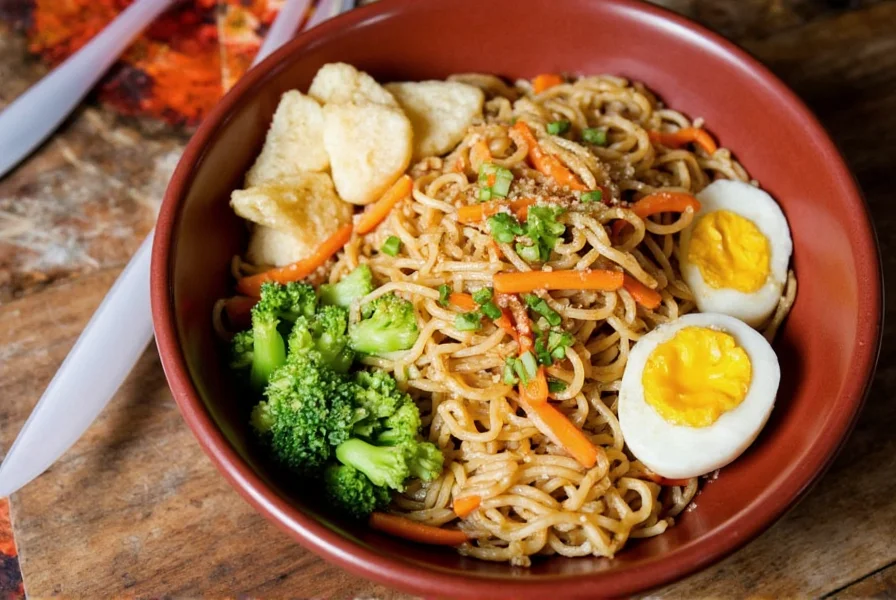
So next time you're craving something warm, flavorful, and deeply satisfying, consider giving Korean bowl noodles a try. Your taste buds—and your heart—will thank you.

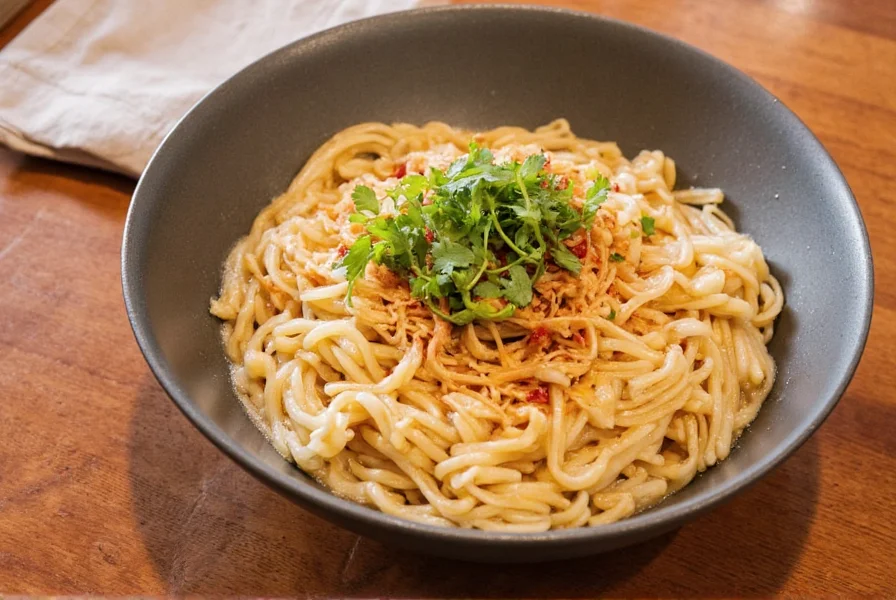









 浙公网安备
33010002000092号
浙公网安备
33010002000092号 浙B2-20120091-4
浙B2-20120091-4